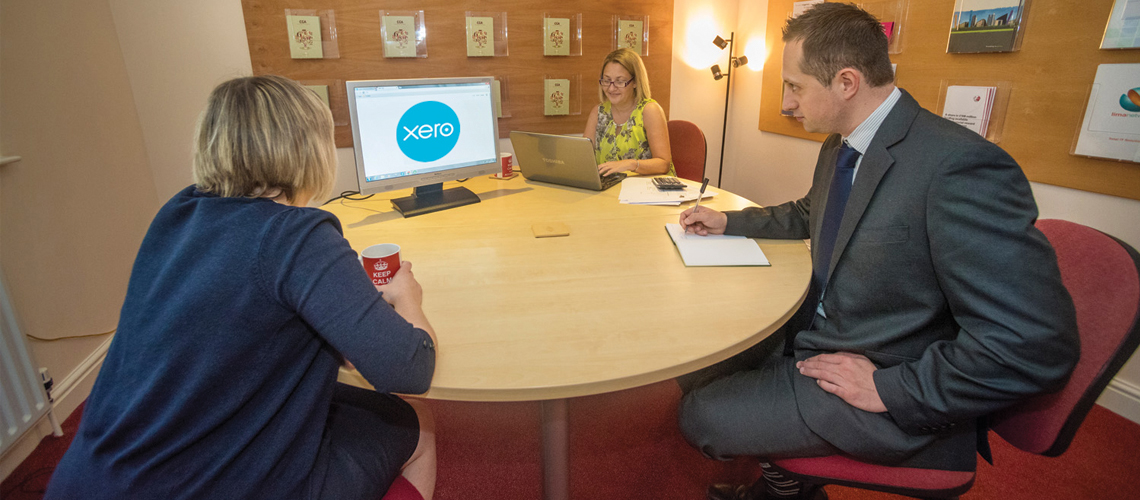Please note: This scheme has been updated for employers with 29 or less placements – please click here to find out more.
In July 2020, Rishi Sunak announced the Government’s “plan for jobs,” with yet further Government investment being ploughed into helping the economy in the wake of the Coronavirus pandemic.
Amongst the announcements was that of the “Kickstart Scheme,” designed to prevent young people at risk of long term unemployment from meeting that fate.
But what is it, what are the benefits for employers and how do you get involved.
We’ve done the research for you and will as usual continue to keep you updated as things change.
What is the Kickstart Scheme?
The government will introduce a new Kickstart Scheme to fund the direct creation of high quality jobs for young people at the highest risk of long-term unemployment. It will give young people the chance to build their confidence and skills in the workplace, and to gain experience that will improve their chances of going on to find long-term, sustainable work.
Essentially, the Government wants employers to create 6 month work placements for those aged between 16 and 24 and at risk of long term unemployment and will therefore pay employers directly by reimbursing the minimum wage, National Insurance contributions and pension contributions for a 25 week placement.
Which employers can apply for the Kickstart Scheme?
The Government is encouraging all businesses to apply to take on a young person for 6 months, the Chancellor was clear:
And I urge every employer, big or small, national or local, to hire as many Kickstarters as possible. Rishi Sunak – Chancellor
However, when the scheme launched on 2nd September it is clear that only employers making 30 or more placements available will be able to apply directly with the Government.
How do employers apply for the Kickstart Scheme?
So for micro businesses, it will be essential to form some sort of partnership or collective with other similar employers to apply together.
If your organisation is creating fewer than 30 job placements, you cannot apply directly. You must partner with other organisations in order to create a minimum of 30 job placements before applying. Other organisations can include local authorities, charities, other employers and trade bodies.
The Government’s initial recommendation is to contact your local DWP partnerships team and they’ve provided details here.
Current information?
- There’s no requirement to maintain the placement after 6 months.
- The Government pays the employer directly
- While there is no formal guidance on what employers should offer, the aim is clearly of offer real work experience
- The grant will only be paid if you hire someone referred to you as part of the scheme (so you can’t just go handpicking your own Universal Credit recipients). But there’s no confirmed information about whether all recipients will be eligible.





















